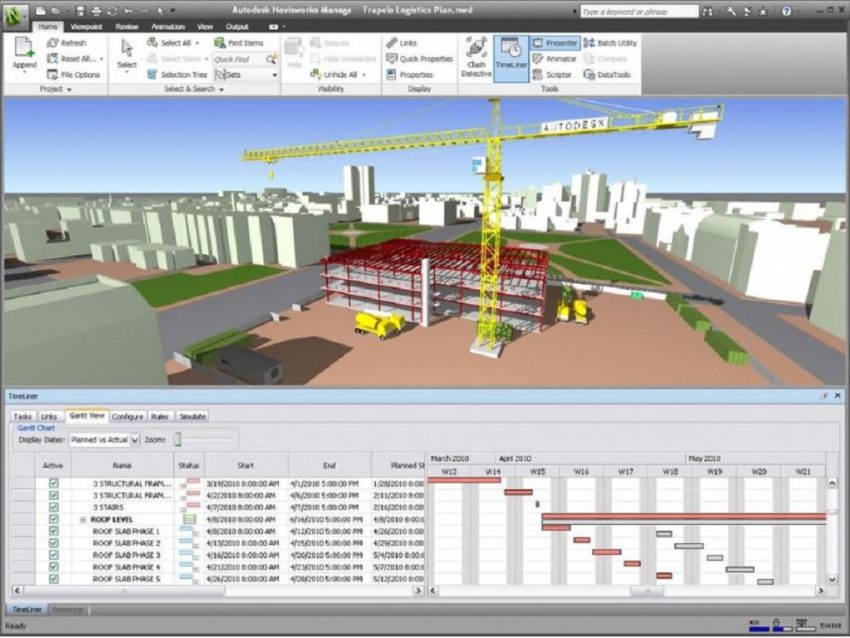In the world of construction, the advent of Building Information Modeling (BIM) has brought about revolutionary changes. BIM goes beyond the traditional 3D modeling, encompassing a holistic approach that incorporates not just the physical aspects of a building, but also the data and information associated with it. The integration of time and cost parameters, known as 5D simulation, takes this approach to the next level, bringing transformative benefits to construction projects.
Understanding 5D BIM Simulation
Beyond 3D Modeling: Adding Time and Cost Dimensions
Traditional 3D BIM offers a comprehensive visual representation of a building’s design. However, it lacks the critical elements of time and cost, which are vital for project management. 5D BIM simulation bridges this gap by integrating the fourth and fifth dimensions – time and cost – into the model. This enables stakeholders to visualize the project’s progression over time and assess its financial implications.
Enhancing Collaboration and Decision-Making
The collaborative nature of 5D BIM simulation encourages all project stakeholders – architects, engineers, contractors, and clients – to contribute their expertise. Real-time collaboration fosters better decision-making, as potential clashes or delays are identified early and rectified. The ability to visualize the impact of design changes on both the timeline and budget empowers stakeholders to make informed choices.
Benefits of 5D BIM Simulation
Accurate Cost Estimations and Budgeting
5D BIM simulation enables accurate cost estimations by linking each element of the model to its associated cost data. This level of detail ensures that budgets are well-informed and deviations are minimized. Project managers can allocate resources effectively and monitor expenditures throughout the project’s lifecycle.
Efficient Time Management and Scheduling
Time is a critical factor in construction projects. 5D BIM simulation allows project managers to create realistic schedules by visualizing how different activities interconnect over time. By simulating the construction process, potential bottlenecks and scheduling conflicts can be identified and resolved proactively, leading to smoother project execution.
Risk Mitigation and Conflict Resolution
Construction projects are prone to unexpected challenges. 5D BIM simulation aids in risk mitigation by enabling teams to identify and address potential issues before they escalate. Clash detection between different project components, such as plumbing and electrical systems, is facilitated, reducing on-site conflicts and rework.
Improved Communication and Client Engagement
Clients often struggle to understand technical 2D drawings. 5D BIM models offer a more intuitive representation, allowing clients to visualize the end product accurately. This fosters better communication between stakeholders and boosts client confidence in project outcomes.
Implementation Challenges and Considerations
Data Accuracy and Integration
Successful 5D BIM simulation relies on accurate data integration from various sources. Discrepancies or errors in data can lead to flawed cost estimations and schedules. Ensuring data accuracy through standardized processes and protocols is paramount.
Skill Enhancement and Training
Transitioning to 5D BIM simulation requires training and upskilling of the project team. Familiarity with BIM software and simulation tools is essential for harnessing the full potential of this approach.
Real-World Examples
The Varmine BIM, United States
The Varmine BIM utilized 5D BIM simulation to streamline the complex construction process. By integrating time and cost factors, the project team managed to optimize the construction timeline while adhering to the budget.
Conclusion
5D BIM simulation marks a paradigm shift in construction project management. By integrating time and cost dimensions into the BIM model, stakeholders gain a holistic understanding of the project’s intricacies. From accurate cost estimations to improved collaboration, the benefits are transformative. However, successful implementation requires overcoming challenges and continuous skill development.


